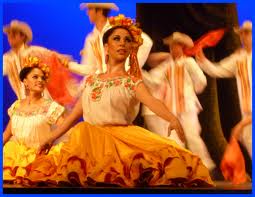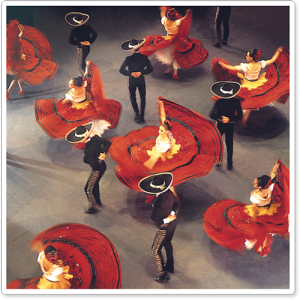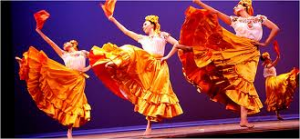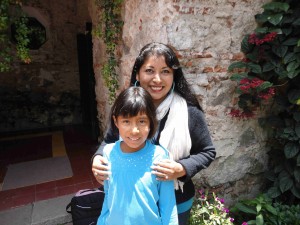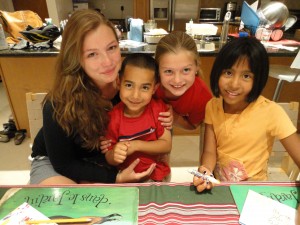We just returned from six days in Colorado, the main purpose of which was to attend Heritage Camp for Adoptive Families. I love our life, but a part of me wishes we could live in that supportive, insulated world forever. This is our fifth year attending, over the past six years: The first time I flew alone from California with Olivia, when she had just turned five, and from the moment we walked together into the big gathering hall filled with more than 100 adoptive families with kids born in Latin America, we looked at each other with disbelieving eyes. Was this place real? Even at five years old, Olivia, perhaps more than me, sensed we had discovered something special.
I’ll try to put into words why I love Heritage Camp. It’s the feeling of being at home, among friends, among families who also get stared at, everywhere else they go. Of not needing to explain anything to anyone. Of our family being in a large social situation, and in a very deep and rare way, feeling relaxed. It’s watching the teen counselors, most of whom are camp alumni, as they interact with our children–so caring and empathic because the teens are also adopted, with parents and other family members who don’t look like them, and they’ve already endured years of that, and have come out the other side, which gives me hope my children will, too. Of dancing at the Fiesta on Saturday night and realizing every child on the dance floor is adopted, not only mine, and what a relief that must feel like to my kids–for once, being like everybody else. Of listening to a roundtable discussion by a panel of adult adoptees, and learning from their experiences about ways I can try to do better. About ways we can all learn from each other.
I sometimes feel like a broken record, the way I constantly promote Heritage Camp, Heritage Camp, Heritage Camp! But then at dinner our first night, I asked an attendee from Illinois who was sitting at my table how she’d learned about Heritage Camp, and she said, “I read about it on a blog I follow, Mamalita.” Even better, she told me she definitely planned to return next year.
So I’ll say it again. If you haven’t ever attended Heritage Camp for Adoptive Families, think about it. That’s all. Think about it.
Thank you. ~



 ShareThis
ShareThis